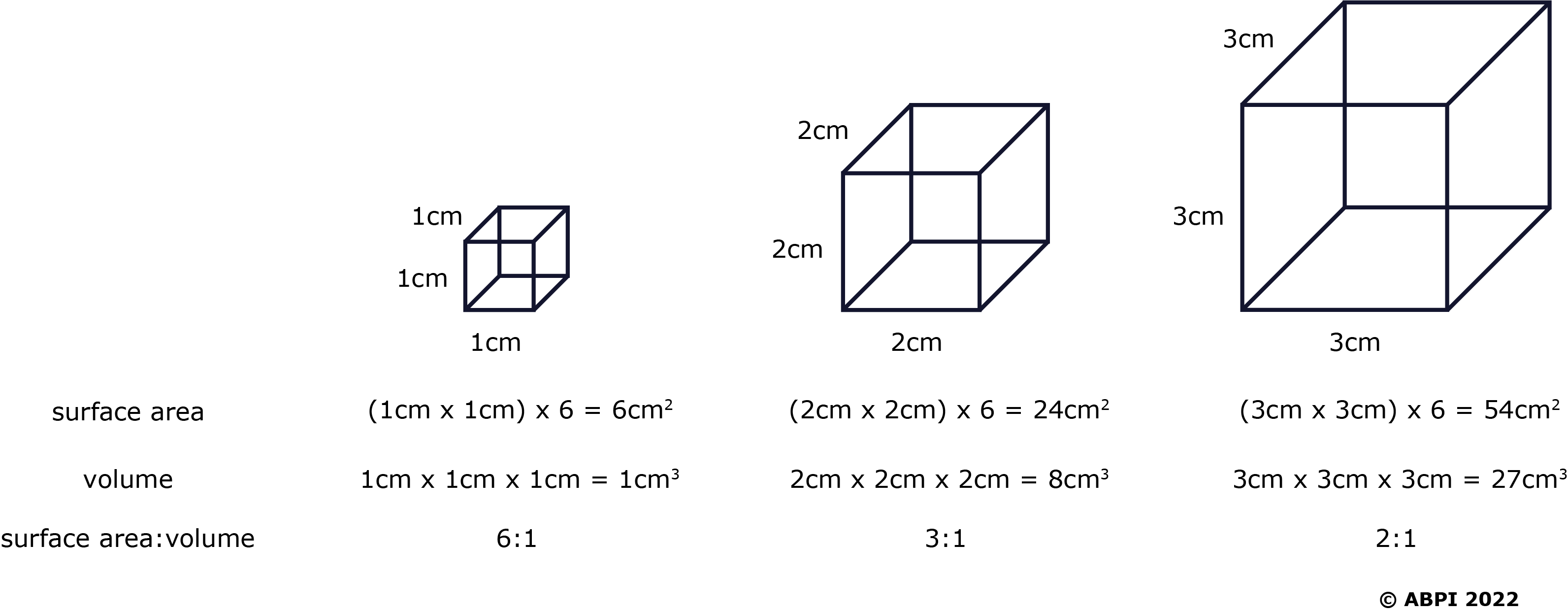This topic takes on average 55 minutes to read.
There are a number of interactive features in this resource:
 Biology
Biology
 Human biology
Human biology
 Physical education
Physical education
 Science
Science
All cells need the same basic things - glucose and oxygen for respiration, amino acids and other food molecules for cell-building and growth, and the removal of poisonous waste products.
In a small, single celled organism such as an amoeba, simple diffusion is enough to supply the needs of the cell. Useful substances can diffuse in from the surroundings and waste products can diffuse out fast enough for the organism to survive successfully.
However, as organisms get bigger the surface area to volume ratio changes. It gets smaller. As a result simple diffusion is no longer enough. There is not a big enough surface area for diffusion to take place over, particularly in active organisms. Food and oxygen cannot reach the cells fast enough to supply cellular respiration. The waste products cannot be removed fast enough to prevent them damaging the cells. A transport system is needed.

In a single celled organism, all the characteristic functions of life take place in the same cell. In contrast large multicellular organisms have many layers of organisation. There are different types of specialised cells, adapted to carry out particular functions in the body eg muscle cells, epithelial cells. These cells are found in groups known as tissues, where many similar specialised cells work together to carry out a function in the body. Muscle tissue and glandular tissue are two well known examples.
Often several tissues are found together making an organ. Each organ carries out a specific function in the body eg the heart, the stomach or the pancreas. Organs may work together to form an organ system carrying out the various stages of one major function - eg the cardiovascular system which acts as the transport system of the body or the digestive system which breaks down food.
Eventually all of the organ systems come together to form the entire organism.
